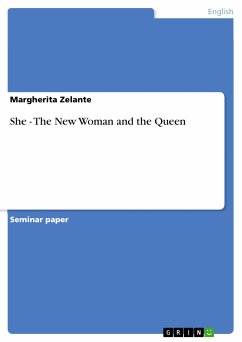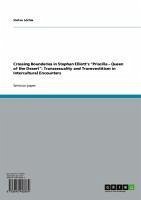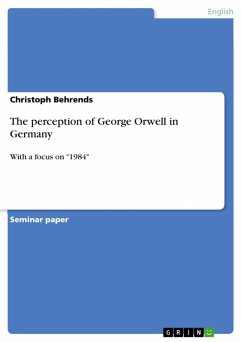Seminar paper from the year 2005 in the subject English Language and Literature Studies - Literature, grade: 2, University of Frankfurt (Main) (Institut fuer England und- Amerika Studien), course: Literature and Empire, language: English, abstract: Among the phenomena that characterize the period at the end of the 19th century, better known as fin de siècle, the feminist movement can be considered as one of the most destabilizing ones for Victorian society. The official year of birth of the 'New Woman" is 1894, when Sarah Grand first uses this term to define what the average male population of the time labelled as: 'femme fatale, prostitute, suffragette, New Woman, virago, degenerate, Wild Woman, Free Woman". In her article, 'The New Woman and the Old", Grand focuses on an important question that we shall try and answer in this essay: who is the New Woman? But above all, is there a New Woman or is she just a fictional product? It is interesting to note that the first reaction of writers, critics but also common people to this phenomenon was to consider the New Woman as a fictional product, which lessened the importance of the cultural and social reality of feminism. Indeed, many fictional figures were created and became popular in this period that were completely different from the women that had populated British literature until then. In this essay, we shall focus on She, the very controversial and intriguing protagonist of Rider Haggard's homonymous novel. We shall try and find out what made her a New Woman for Haggard's contemporary readers, but also why she is in some attitudes rather an Old Woman, a very typical Victorian 'angel in the house' to us.
Dieser Download kann aus rechtlichen Gründen nur mit Rechnungsadresse in A, B, BG, CY, CZ, D, DK, EW, E, FIN, F, GR, HR, H, IRL, I, LT, L, LR, M, NL, PL, P, R, S, SLO, SK ausgeliefert werden.









